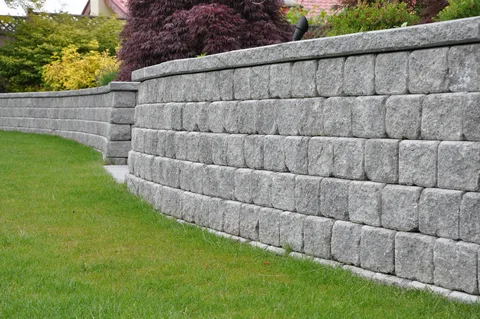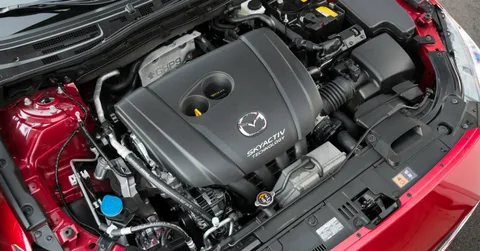Electric stove repair are a staple in modern kitchens due to their convenience, efficiency, and sleek design. They offer precise temperature control, ease of use, and a safer alternative to gas stoves. However, like any appliance, electric stoves can encounter problems that require attention and repair.
Common Issues Faced with Electric Stoves
Electric stoves can develop various issues over time, including uneven heating, malfunctioning burners, and electrical faults. These problems can disrupt daily cooking routines and, if left unaddressed, may lead to more significant issues or even pose safety hazards.
Objective of the Guide
This comprehensive guide aims to equip you with the knowledge and skills needed to diagnose and repair common electric stove issues. Whether you’re a DIY enthusiast or prefer professional help, this guide covers all aspects of electric stove repair, ensuring your appliance remains in excellent working condition.
Types of Electric Stoves
Coil Burner Stoves
Coil burner stoves are traditional electric stoves featuring exposed heating coils. They are known for their durability and ease of repair, making them a popular choice in many households.
Smooth Top Stoves
Smooth top stoves have a flat, glass-ceramic surface with embedded heating elements. They offer a modern look and are easier to clean, but repairs can be more complex due to their integrated design.
Induction Stoves
Induction stoves use electromagnetic fields to heat cookware directly. They are highly efficient and offer precise temperature control. However, they require specific types of cookware and can be more expensive to repair.
Common Symptoms of Electric Stove Problems
Stove Not Heating
One of the most common issues is the stove not heating at all. This can be caused by a faulty heating element, a broken temperature sensor, or electrical issues.
Uneven Heating
Uneven heating can result in inconsistent cooking results. This problem is often due to issues with the heating element or temperature sensor.
Indicator Light Staying On
If the indicator light stays on even when the stove is off, it could indicate a problem with the control panel or wiring.
Sparks or Electric Shocks
Sparks or electric shocks are serious issues that require immediate attention. These problems are usually due to wiring faults or damaged components.
Stove Making Unusual Noises
Unusual noises, such as buzzing or clicking, can indicate issues with the heating element, control panel, or other internal components.
Causes of Electric Stove Malfunctions
Electrical Issues
Electrical issues, such as faulty wiring or loose connections, can cause various problems with electric stoves. These issues can lead to inconsistent heating, power outages, or even electrical shocks.
Faulty Heating Elements
Heating elements can wear out over time, leading to uneven heating or complete failure. Replacing a faulty element is a common repair task.
Broken Temperature Sensor
The temperature sensor plays a crucial role in regulating the stove’s heat. A broken sensor can cause overheating or underheating, affecting cooking results.
Wiring Problems
Wiring problems, including damaged wires or loose connections, can disrupt the stove’s functionality. These issues require careful inspection and repair to ensure safe operation.
Control Panel Failures
The control panel is responsible for managing the stove’s functions. Failures in the control panel can lead to issues with temperature regulation, power control, and indicator lights.
Diagnosis and Tests
Visual Inspection
A visual inspection can reveal obvious issues such as damaged wires, burnt components, or loose connections. It’s a crucial first step in diagnosing electric stove problems.
Using a Multimeter
A multimeter is an essential tool for diagnosing electrical issues. It can measure voltage, resistance, and continuity, helping identify faulty components.
Checking the Control Panel
Inspecting the control panel involves checking for loose connections, burnt components, and ensuring all buttons and switches function correctly.
Inspecting the Heating Element
The heating element should be visually inspected for signs of damage or wear. Using a multimeter, you can also check for continuity to ensure it is functioning correctly.
Verifying Electrical Connections
Ensuring all electrical connections are secure and free from damage is crucial. Loose or damaged connections can cause various issues, including inconsistent heating and electrical shocks.
Repair Tools and Safety Precautions
Essential Tools for Electric Stove Repair
- Screwdrivers
- Multimeter
- Pliers
- Wire Strippers
- Replacement Parts (heating elements, sensors, etc.)
Safety Gear and Precautions
- Safety Gloves
- Goggles
- Insulated Tools
- Ensure Power is Disconnected
Importance of Disconnecting Power
Before starting any repair, always disconnect the stove from the power source to prevent electric shocks and other hazards.
Step-by-Step Repair Guides
Replacing a Faulty Heating Element
- Disconnect the stove from the power source.
- Remove the heating element.
- Test the element with a multimeter.
- Replace it with a new one if necessary.
- Reassemble the stove and test the new element.
Fixing a Broken Temperature Sensor
- Disconnect the stove from the power source.
- Locate the temperature sensor.
- Test the sensor with a multimeter.
- Replace it if it shows no continuity.
- Reassemble and test the stove.
Repairing the Control Panel
- Disconnect the stove from the power source.
- Remove the control panel cover.
- Inspect for any visible damage or loose connections.
- Test the components with a multimeter.
- Replace any faulty parts and reassemble.
Resolving Electrical Issues
- Disconnect the stove from the power source.
- Inspect all wiring and connections.
- Repair or replace damaged wires.
- Ensure all connections are secure.
- Test the stove to confirm the repair.
Addressing Wiring Problems
- Disconnect the stove from the power source.
- Trace the wiring to identify any damaged or loose connections.
- Repair or replace as necessary.
- Ensure all connections are secure and test the stove.
Preventive Maintenance Tips
Regular Cleaning
Keeping the stove clean prevents the buildup of grease and food particles that can cause damage.
Checking Connections Periodically
Regularly inspect electrical connections to ensure they are secure and free from corrosion.
Using Correct Cookware
Using the correct cookware for your stove type ensures optimal performance and longevity.
Avoiding Overloading the Stove
Avoid placing heavy cookware on the stove, which can damage the heating elements and surface.
Scheduling Professional Maintenance
Consider scheduling professional maintenance to ensure your stove remains in top condition.
DIY vs Professional Repair
When to Attempt DIY Repairs
DIY repairs are suitable for simple issues like replacing heating elements or sensors. They can save money and time.
Situations Requiring Professional Help
Complex issues, such as extensive wiring problems or control panel failures, often require professional expertise.
Cost Comparison
DIY repairs are generally cheaper but may take more time. Professional repairs can be more expensive but offer the assurance of expert service.




